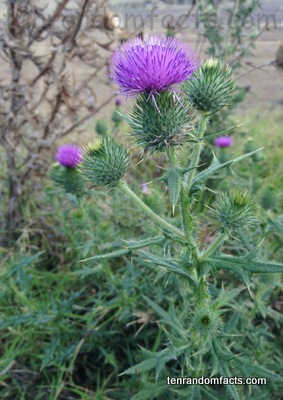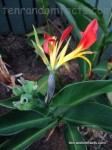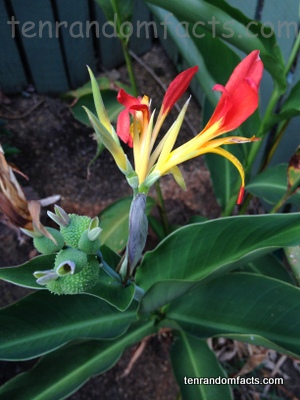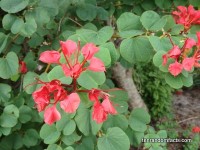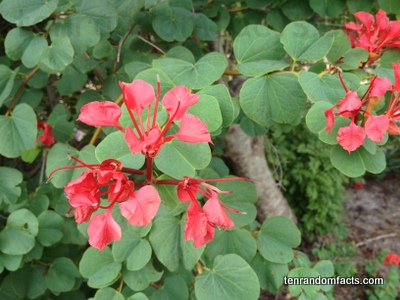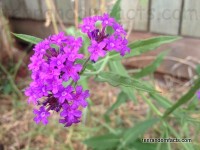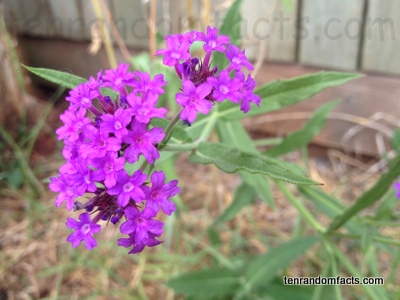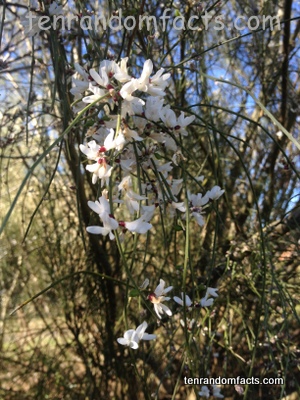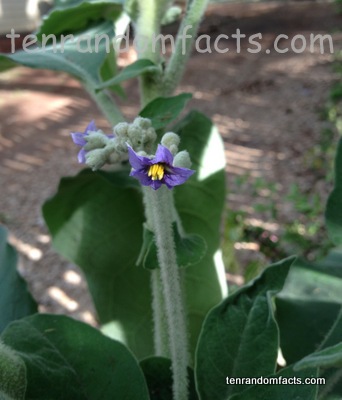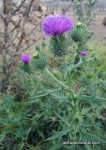
Spear thistles are not used as weapons… but can hurt!
- Spear thistles are a biennial or annual thistle plant native to Europe, Asia and Northern Africa.
- Spear thistles have the scientific name Cirsium vulgare and they are from the family Asteraceae, the family of asters, sunflowers and daisies.
- ‘Spear thistles’ are also known as ‘bull thistles’, ‘black thistles’, ‘scotch thistles’ ‘Fuller’s thistles’, ‘swamp thistles’ and ‘common thistles’ among others.
- Spear thistles grow to be 1 to 1.5 metres (3.3 to 5 feet) in height, with flower stems at the end of the branches, and look similar to the well known Scotch thistle or cotton thistle, although they are a different species of plant and have the scientific name Onopordum acanthium.
- Spear thistles have flower heads that are bristle like and are coloured pink to purple, and the plant has green, sharp spiny leaves.
- Spear thistles are classified as a noxious and an environmental weed in some countries, and is a particular problem in Australia, parts of the United States and the United Kingdom.
- Spear thistles typically grow in sunny open areas, such as paddocks and fields.
- Spear thistle stems, flowers, roots, and seeds can be eaten and the stems and leaves can be peeled and then steamed or boiled.
- Spear thistles flower during spring to autumn, but only in their second year of growth.
- Spear thistle plants have been used medicinally and parts of the plant can be made into paper.
Bibliography:
Bull Thistle, 2014, King Country, http://www.kingcounty.gov/environment/animalsAndPlants/noxious-weeds/weed-identification/bull-thistle.aspx
Cirsium vulgare, 2014, Wikipedia, http://en.wikipedia.org/wiki/Cirsium_vulgare





